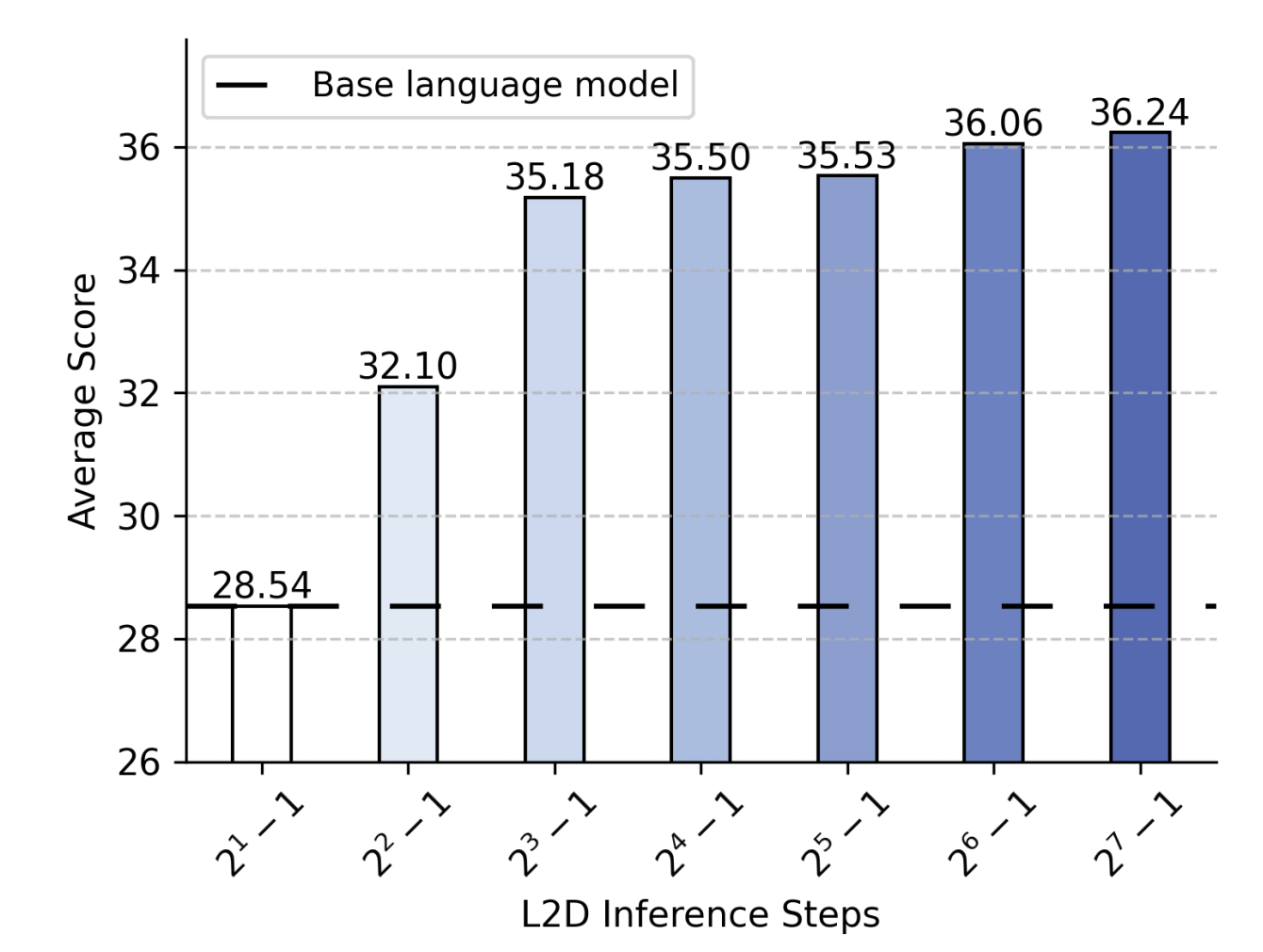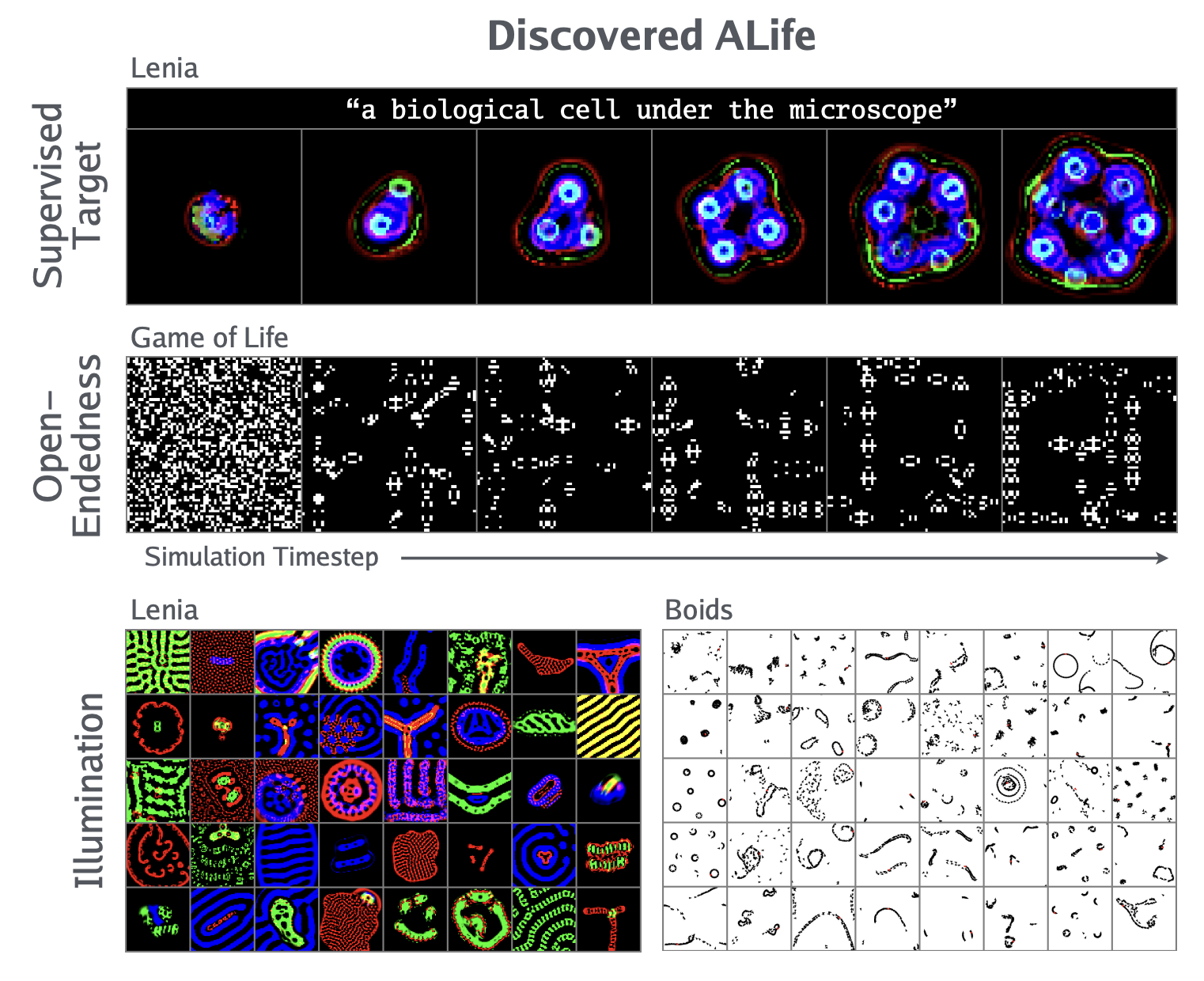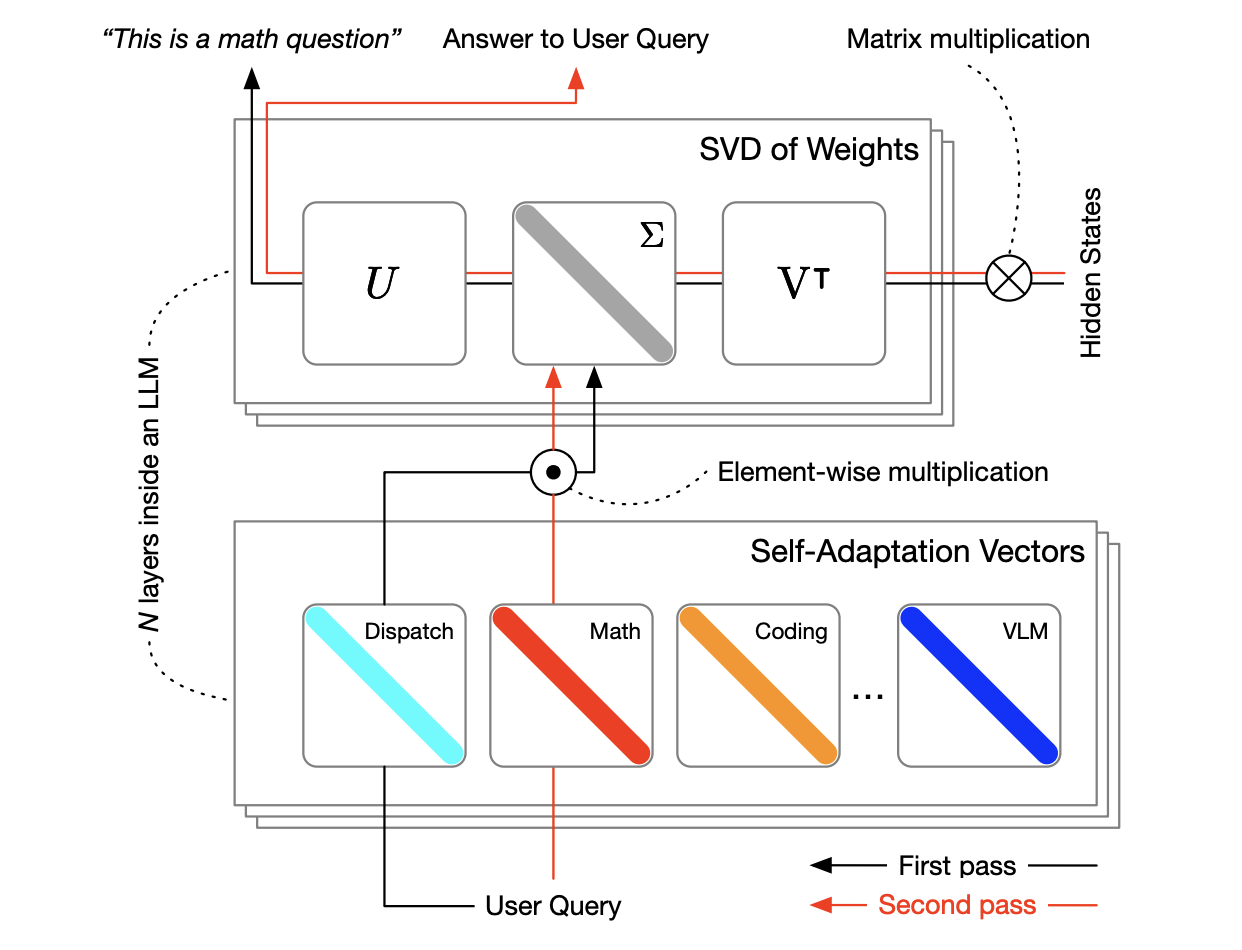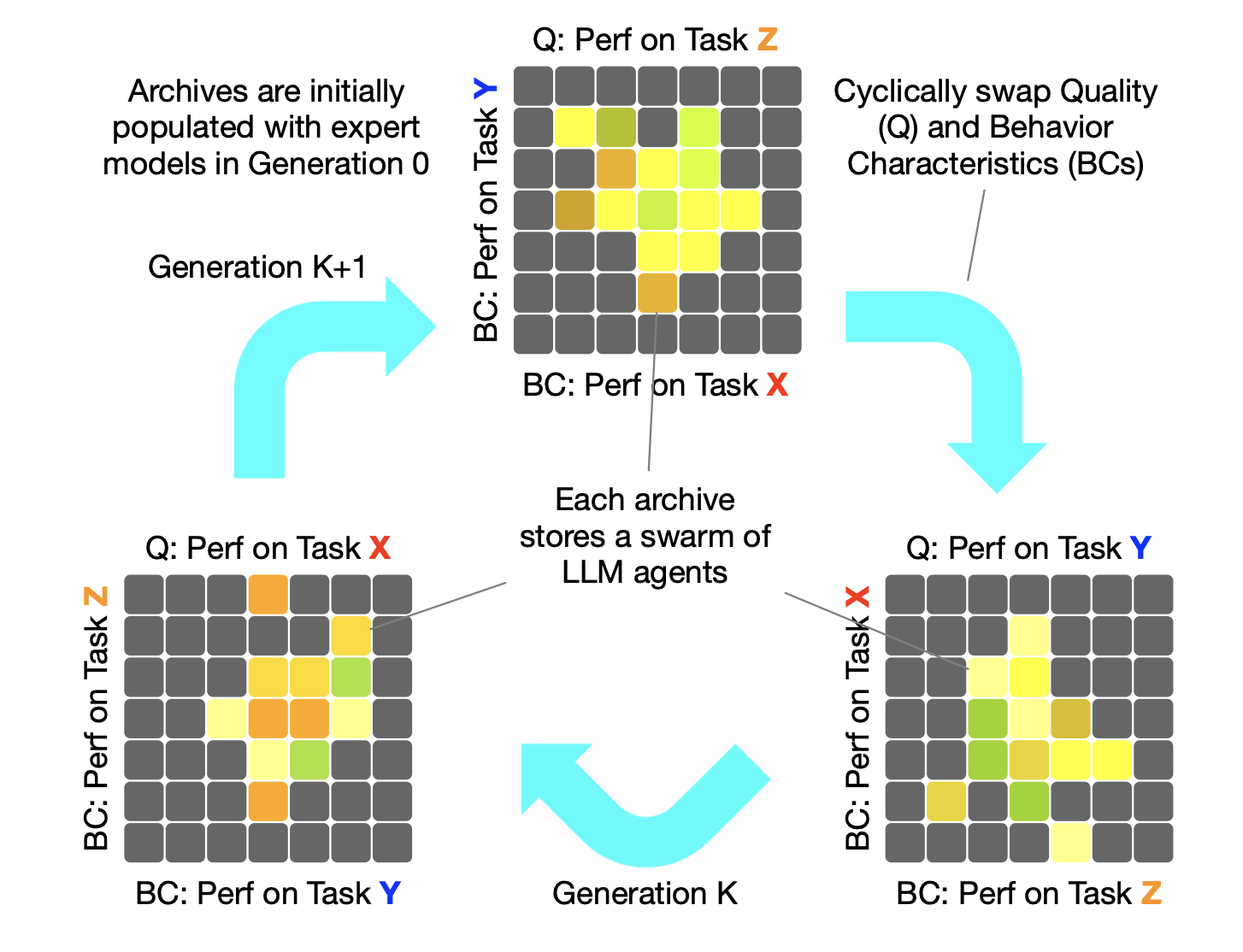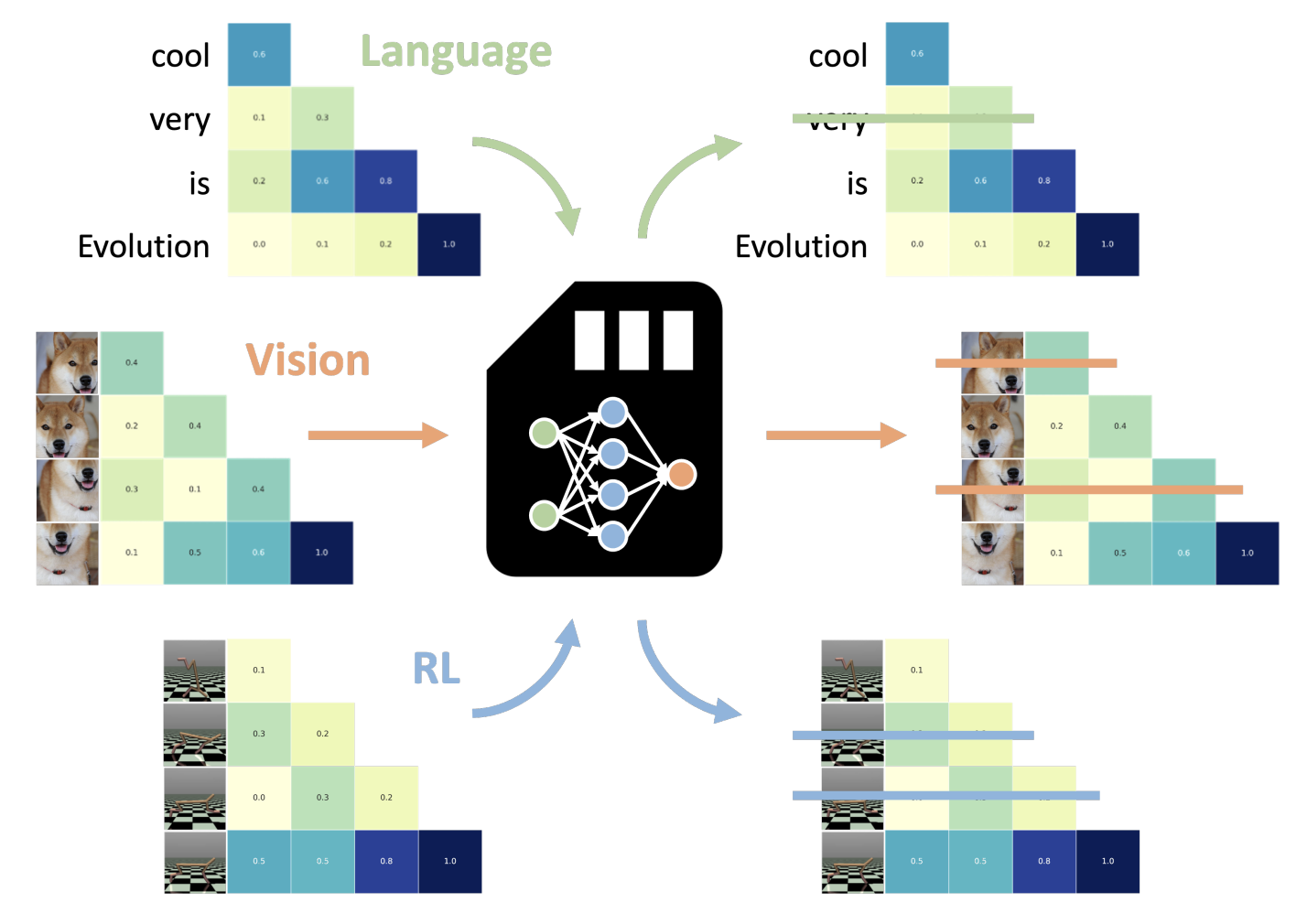
Yujin Tang (湯 聿津)
I'm a research scientist at Sakana AI. Before that, I was a research scientist at Google DeepMind (formerly Google Brain) based in Tokyo. I received my PhD in Computer Science from the University of Tokyo, my M.S. from Waseda University, and my B.S. from Shanghai Jiao Tong University. My research interests are in reinforcement learning, robotics, evolutionary algorithms, and generative models.
